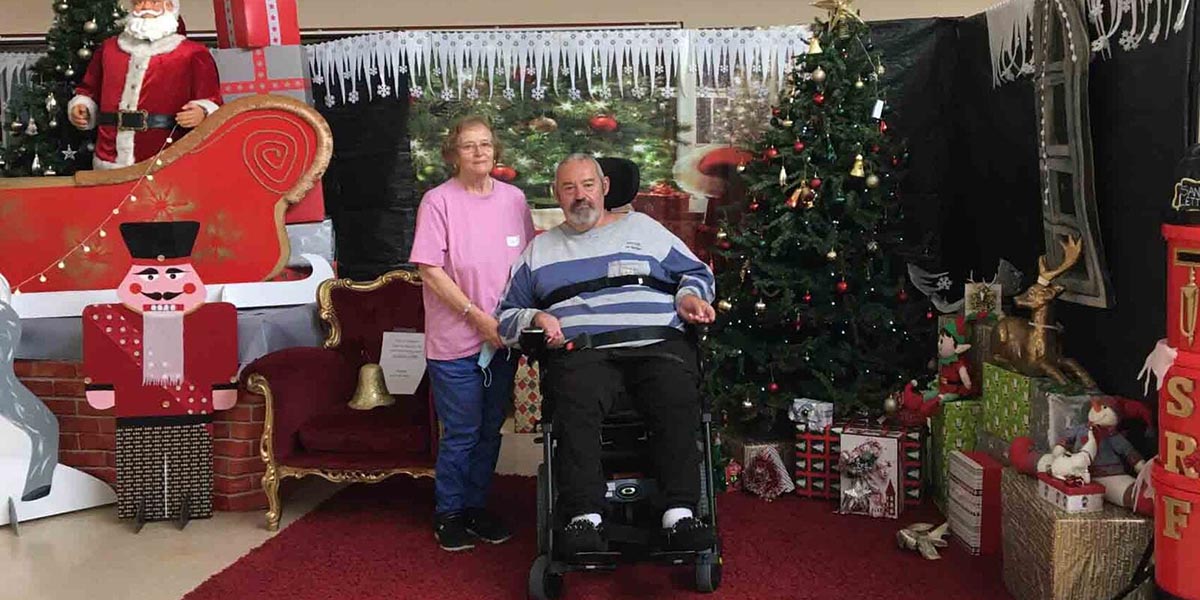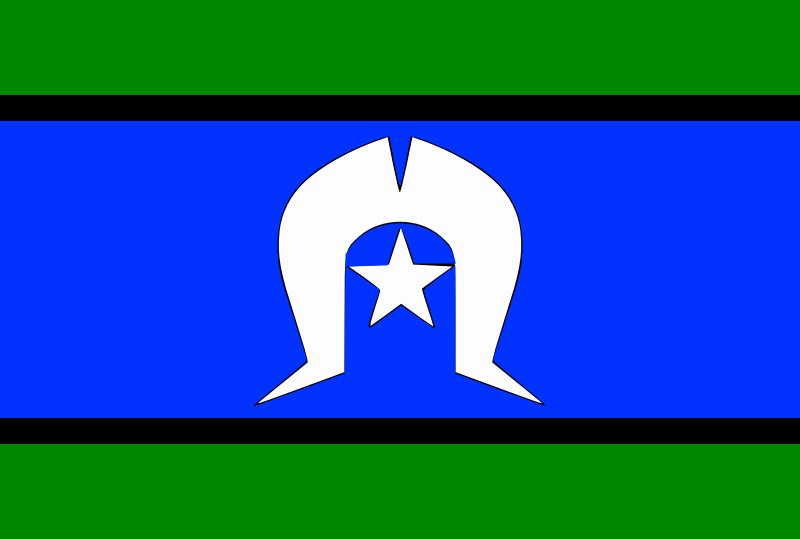Story by Dan Nathan
On a Friday evening early in 2019, Colin Wynd decided the date of his retirement – Easter Thursday. He would make it official on Monday.
A storm had brought down a shade cloth he had set up in the backyard of his home, in Melbourne’s west. His daughter was coming around the next day with a ladder, but he decided he could repair the shade from his deck.
He was attaching the second-last guide rope when he fell off the deck, slipped on the woodpile, and landed on his head, compressing his spine and damaging his spinal cord.
In June of 2020, Noel Camilleri was standing on the tray of his ute, sanding rust from an old bus he was converting into a motorhome.
He stepped back and fell, severing his spinal cord in two places.
When they had their accidents, Noel was aged 66, and Colin had just turned 65. Both had been looking forward to packing up their houses and exploring Australia with their partners.
Noel and Colin now live with quadriplegia. Colin has an incomplete C3 spinal cord injury, and Noel has complete L6 and C6 injuries. They both need help to do most things – eating, drinking, bathing, toileting – which classifies their care needs as 24-hour.
‘The worst part of my injury is the effect on Cathy – by far’
Noel
Providing that care is consuming their savings, and their partners’ lives.
Noel thinks he and his wife, Cathy, will be out of money within a few years. Colin and his wife, Diana, estimate this side of 10 years.
When the money runs out, Colin and Noel say they’ll have no option but to go into aged-care homes. Neither considers that to be an acceptable life for a person their age.
“Colin and I have decided that’s not in our future,” says Diana.
“If it comes to that, we’ll just be gone.
“And it’s not just about quality of life. I’ve worked in an aged care home. They were lovely, don’t get me wrong, but they just don’t have the resources to provide the care a quadriplegic needs.
“For example, Colin has about a 30 second warning before he needs to go to the toilet – that’s not a response time you can expect in these places.”
A low ceiling for high needs
Both Colin and Noel receive funding for paid assistance at home through the MyAgedCare Scheme. They’re in the highest funding bracket: the Level 4 Home Care Package, which has a funding cap of $52,377.50 annually. (Because of Colin’s assets, his funding is capped at $38,400.)
Neither is eligible for the National Disability Insurance Scheme, because the NDIS does not accept new participants who are 65 or older.

The NDIS applies a needs-based funding model. Its average annual funding for someone with a spinal cord injury is $165,000. Considering Noel and Colin both need 24-hour care, their funding would have been significantly above that average if they had been eligible.
Noel had never heard of the NDIS before his accident, but he had a strong sense that if he ever needed help, it was out there.
“I worked two jobs for most of my life – as a motor mechanic, and as a fitter and turner,” says Noel.
“I’ve always paid my taxes, and that’s fair – I’ve earned the money, that’s their share. But I’ve always thought, once I get old enough, if I need it, they’ll take care of me.”
It was while he was in rehab that a social worker told Noel he’d be funded only for 10 hours of in-home care a week, through MyAgedCare.
“That just about crushed me when she said that,” says Noel.
“I thought: I can’t go home. My wife is going to need more than 10 hours a week of help. She’ll kill herself trying to do it all, and I love her too much to let her do that. And if I go into an aged care home, that would be the end of me.”
In early June, Noel returned home from rehab. It’s been tough.
“The worst part of my injury is the effect on Cathy, by far,” he says.
Waiting game
A MyAgedCare application is given a priority rating. Noel was assigned a medium priority, which means, he says, that his application could take years to be approved. (He’s appealing that decision, hoping to get upgraded to high, which he says would shorten the wait time.)
While he waits, MyAgedCare is subsidising 10 hours of personal care rather than funding it fully. Noel pays for an extra 11 hours of full-cost care, which gets him to 21 hours a week. That’s enough assistance daily to cover bathing, toileting, and getting in and out of bed – the tasks Cathy isn’t strong enough to do by herself.
It’s just enough to keep him out of an aged care home – as long as Cathy devotes her life to doing everything else for him.

Every dollar Noel and Cathy spend from their savings to make the present more bearable – through paid care, or modifications to their house or car – brings Noel’s admission to an aged-care home closer. And that’s assuming Cathy’s health holds out.
“It seems funny to me, I mean, why do they even have doctors and hospitals bothering to fix me up, if they’re not going to bother keeping me alive,” says Noel.
Balancing act
Like Noel, Colin was good with his hands.
“He’s always tinkering and inventing,” says Diana. “He’s known as Mr Fix-it.”
Colin worked as a radio technician for the Air Force, and then in calibration for ammunition manufacturers.
Colin and Diana are in a similar holding pattern: using their savings to subsidise their funding package just enough to give Diana some breathing room, while holding harder choices at bay for as long as possible.
“Except for ambulances, we’ve barely left the house since April last year,” says Diana.
Until June last year, Diana says, she was happy to be providing all of Colin’s care.
Colin’s MyAgedCare funding started in April 2020. For a few months, the couple could use that funding to help pay for some of the equipment they needed.
“We were fortunate that my brother and his wife were able to do most of the home modifications, and I have become a whip at finding bargains online and sourcing second hand equipment,” says Diana.
Then Diana’s growing back pain was diagnosed as five broken bones – from osteoporosis linked to medication she’d been taking for her rheumatoid arthritis.
‘Travelling is now off the cards for us, but day trips would be nice. We both love looking at the ocean, and rivers.’
Diana
At that point, Colin’s daughters and sister-in-law stepped in to help for a couple of hours each day. By August, Colin and Diana were spending all their funding on paid care, about ten hours a week, with Colin’s daughters still doing one day a week each.
They fully fund an extra 15 hours a week, which, like with Noel and Cathy, covers the care Diana isn’t strong enough to do on her own.
“My understanding of the NDIS is we’d be able to pay for physios to come out to our home, to help Colin’s recovery,” says Diana. “His injury is incomplete, so recovery is a possibility we can’t give up on. At the moment, it’s just his daughter looking stuff up on Google, trying to figure out what might help.
“The only home-visit physios I’ve found are over $200 an hour. And they’re over in the southeast, and you have to pay travel time. None of the local physios are qualified to work with quadriplegics.
“Travelling is now off the cards for us, but day trips would be nice. We both love looking at the ocean, and rivers. We’ve got a hoist for Colin, in my car, but it’s hard work on my own. And I’m worried about hurting myself. I’m no use to him, or myself, if I break more bones, or my rheumatoid arthritis gets worse.”

Noel sees himself as a person with plenty of life to live, and plenty to give.
“With the right support, I could still do things,” he says.
“I’ve got a lifetime of experience. I want to keep sharing those skills, and hopefully, pass them on.”
Not alone
He and Cathy live in a small town in the lakes region of Gippsland.
“Everyone looks after each other, keeps an eye out for each other,” he says of his local community.
“I’ve got a hoist in the garage – I’ve told all my friends, when your car needs a service, bring it here. I mean, why pay $200-300?”
He says the couple’s friends are mostly their age or older.
“They’re still out playing golf, making things, and running around,” Noel says.
“But financially, some of them are just barely holding on. If something happened to them, they’d never come home again.
“They’d be in a facility. I think about how wrong that would be.
“We’re not ready to be thrown away.”
AQA supports the campaign to expand NDIS coverage to all Australians, called Disability Doesn’t Discriminate. For more information, visit: www.disabilitydoesntdiscriminate.com.au
- August 25, 2021




